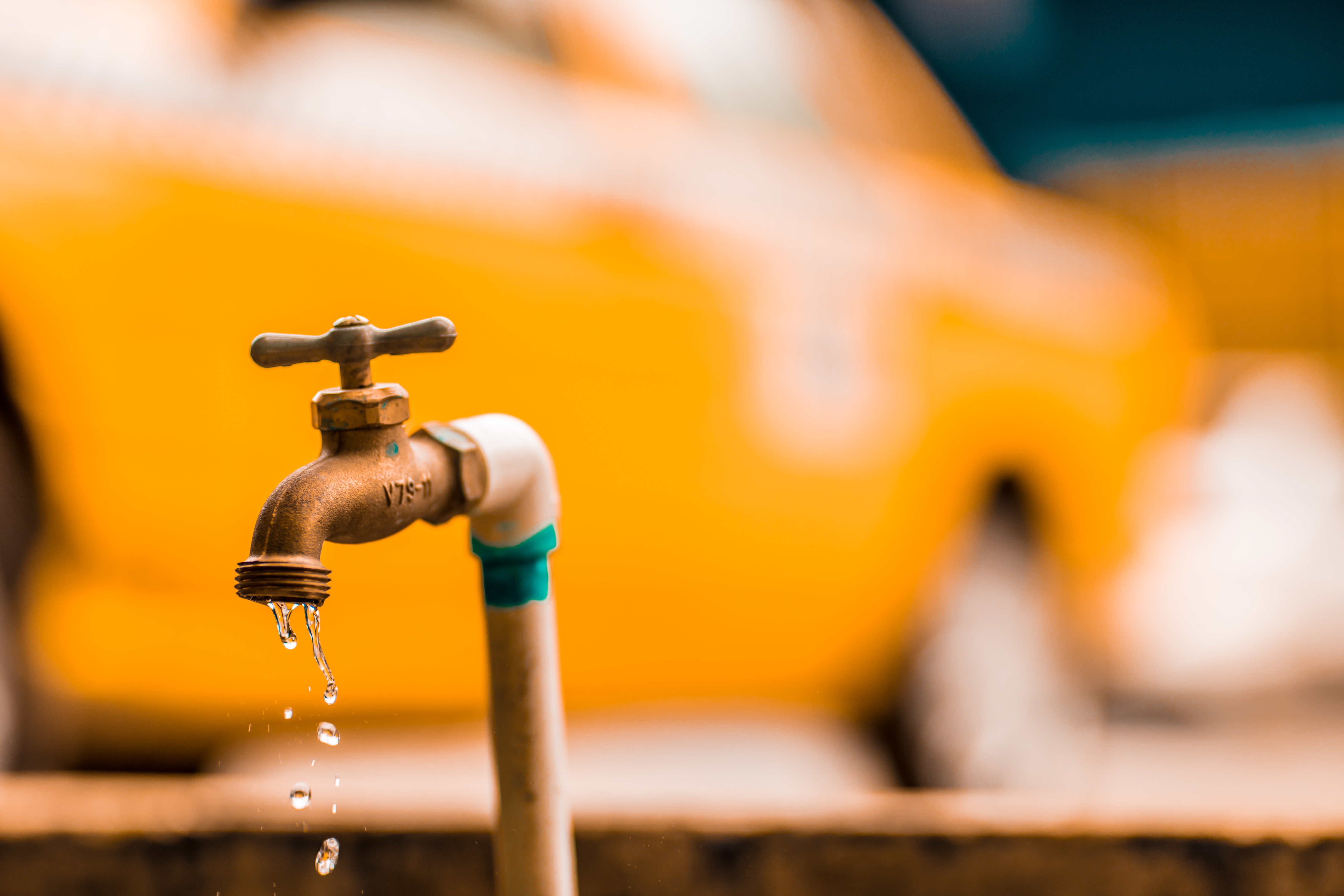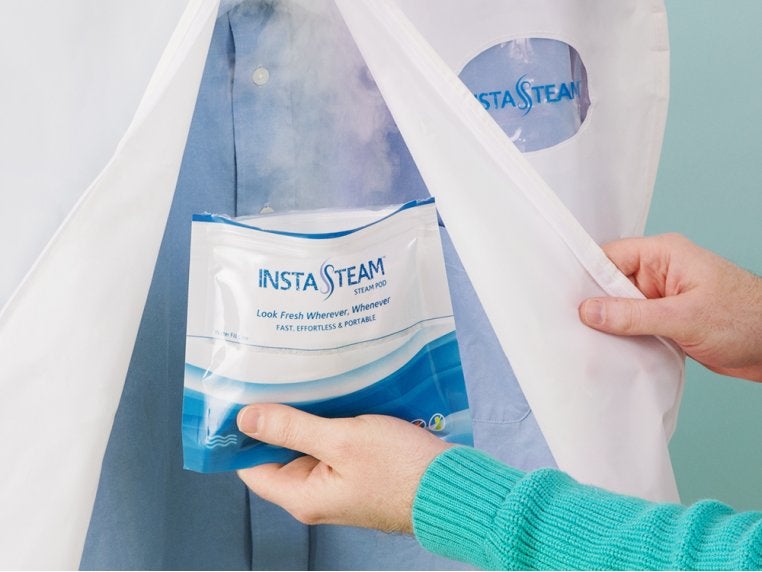Flood Damage Repair: What to Know

If you’ve experienced flooding your house as the result of a natural disaster or plumbing problem, it can feel like there’s no way to set things right. Water damage can be costly and may require full reconstruction or replacement. But you’re not alone in getting your home back. Explore these basics for preventing and managing flood repair and find an expert team to help here at Ripplequest today.
Homeowners Insurance Won’t Cover Floods
If you’ve recently moved to a flood-heavy region or you’re purchasing your first home, you may not be familiar with coverage provided by homeowners’ insurance. While there are many benefits to having homeowners' insurance, it doesn’t cover floods or flood damage, which is important to know in advance. Explore your flood insurance options to make sure that your home is protected in the event of an emergency.
Fabrics Retain Bacteria
One of the biggest issues associated with floods is the dirt and debris left behind when the water recedes—and that’s just what you can see. Floodwaters can contain toxins, dangerous bacteria, and other invisible threats, and once they’re in your carpets or couches, they’re very difficult to remove. Any porous materials that have been affected by water, like furniture, rugs, or clothing, should be discarded to prevent health complications.
The Walls Will Come Down
While it’s one thing to toss out damaged rugs, it’s a little more challenging to remove the bacteria and chemicals that have settled into the walls and baseboards. That’s why one of the first steps your repair team will do when the water subsides is to remove the walls. Not only will it help them to find any structural water damage or electrical issues, but it will prevent mold, fungus, and bacteria from taking root in your home.
Photograph Everything
Expert documentation is key to getting the funds from your insurance company that you need to complete repairs. From the moment it’s safe to enter the house again, you want to take photos of the damage you see, so you have a verifiable record. It’s also helpful to have photos, so you can see what work needs to be done and how to get things back to rights.
Safety is Key
Experience flood damage can be devastating, but the number one priority after an emergency is to keep yourself and your family safe. Flooding poses a lot of dangers, from structural decay to electrical risks. Getting to your home quickly and taking photos for the insurance company is important, but make certain that the house is safe and that you follow every safety precaution before you take any further steps.
Find a team that can help make your house feel like home again right here at Ripplequest.com. Find our construction and insurance resources today.





Comments
06 Sep,2019
Ipsum dolor sit amet, Ut enim ad minim veniam, quis nostrud exercitation ullamco laboris nisi ut aliquip ex ea commodo consequat.
08 Sep,2019
Lorem ipsum dolor sit amet, consectetur adipisicing elit, sed do eiusmod tempor incididunt ut labore et dolore magna aliqua. Ut enim ad minim veniam, quis nostrud exercitation ullamco laboris nisi ut aliquip ex ea commodo consequat.
09 Sep,2019
Lorem Ipsum is simply dummy text of the printing and typesetting industry. Lorem Ipsum has been the industry's standard dummy text ever since the 1500s, when an unknown printer took a galley of type and scrambled it to make a type.